A new study came across our desk via industry news outlet World Tea News. We are so excited about the prospects and findings of the study that we wanted to share!
All words & findings provided by World Tea News.
Study Suggests Matcha Encourages Cancer Cell Apoptosis
Every month brings striking news about green tea’s biogenetic health impacts and therapy opportunities, with EGCG and matcha being the main focus. This September saw a flurry of headlines, mainly variants and repostings of “Matcha Green Tea Inhibits Growth of/Kills/Targets/Destroys Cancer Stem Cells” and “Could Matcha Green Tea be Used to Treat Cancer?”
They almost all report on a study conducted at the University of Salford in the United Kingdom that is striking, rigorous, reliable and built on a growing body of molecular biology research over the last 30 years. The study was published in the journal Aging. It adds to the increasing scientific evidence that the biochemical compound EGCG (epigallocatechin-3-gallate) is a powerful agent that works in effect as a scavenger and raider that targets health-threatening “free radical” cells. These are the product of environmental carcinogens, such as air pollutants, cigarette smoke and many fried and processed foods. Their overload in the body is a major cause of DNA damage and aging, and hence of cancer.
Most studies of EGCG use tea extract—not the leaf. The Salford research is distinctive in that it tested very high grade matcha powder. One of its conclusions is that relatively low amounts of nutrient-rich matcha are sufficient to trigger the anti-cancer catechins.
The Salford findings are simple to summarize: the matcha tea suppresses mitochondrial metabolism [mitochondria are the energy currency for cells, generated from the oxidation of food] in breast cancer stem cells and by thus preventing them from “refueling” makes them inactive and they die off.
The Salford study points to the strong potential of matcha’s high EGCG content in helping solve one of the most challenging problems in cancer treatment in this context. It is captured in the physician’s emphasis to patients that their cancer is not cured but in “remission” and that there is always the chance that it will reoccur. It may be 4-6 years before they can be declared cancer-free. Stem cells, the growth engine of the body’s chemistry, are the core of the problem. The test showed how the matcha turns off their ability to re-energize, in effect starving them to death. It is the delivery vehicle and EGCG the active agent. Apoptosis—programmed cell death—is the result.
EGCG
EGCG is found in fruits, vegetables and nuts in low amounts but is abundant in green teas and super-concentrated in higher quality matcha as well as other Japanese teas such as gyokuro. It is a catechin, a type of phytochemical polyphenol anti-oxidant. In everyday language, this translates to: it’s a vegetative compound that is water-soluble and metabolizes quickly.
It’s one of more than 600 molecular compounds found in the tea leaf. The chemicals evolved to help grow the leaf, build up its nutrients and protect it against predators, weather, competing species, and other environmental factors. The dynamics transfer well to the human body; both chemistries are oxygen-based. Catechins are the street fighters in the lab arsenal. EGCG is the most powerful and locks onto reactive cell species that cause what is termed “oxidative stress” —the equivalent of, say, rust eating away iron metals—especially the ones that cause genetic DNA damage.
The tea you brew varies widely in the EGCG amounts per hundred grams: Green teas average 7 grams, oolongs 3.5 grams and black teas 1. Japanese teas in general are highest among greens with matcha by far the most ECGC-loaded. Oxidation of the leaf after harvesting converts the catechins into theaflavins and thearubigins, a different class of compounds that have their own anti-oxidant properties, including ulceration prevention and cholesterol control.
The team was motivated to find natural products for cancer therapy. The logic is to combine the dietary and organic broad properties of matcha tea with the focused bioactive chemicals of the EGCG in it. “The combination of all the phytochemicals that are present in green tea are better than isolating a single ingredient,” writes Salford professor of translational medicine Michael Lipsanti. One of the group’s other projects is investigating the anti-cancer and anti-cholesterol functions of bergamot, the citrus fruit whose oil is used in the best Early Greys (lower quality ones use synthetic ingredients, some of them truly bizarre.)
Stem Cells
Most of us know the term stem cell only from discussions of the use of embryos introduced into other bodies through bone marrow transplants. The word “stem” is ambiguous and suggests a special harvested exotic something. The formal definition is that stem cells are the body’s basic raw materials out of which specialized cells are generated: blood cells, brain cells, and bone marrow for example. They are rather analogous to the tea bush from whose stem the buds and leaves are built. They are the only ones with the natural ability to generate new cell types.
That creates major problems in treating cancerous tumors. These are clusters of differentiated cells that will include in an adult a small number of stem cells. They are more plentiful in children, driving their growth. For grown-ups, they are most active in maintenance and repair: healing a cut, for example. Chemotherapy and drugs can be targeted to attack the tumor cells in a growing variety of ways. The general principle is to persuade them to commit suicide—apoptosis—by interfering with the messages that regulate their interaction with other cells. However, the traditional pharmacopeia and chemo don’t kill off the stem cells. They are equivalent to the roots of the tea bush and they are firmly entrenched and self-protective. The tumor shrinks but over time it grows back.
From Lab to Product
The matcha study is the part of the field of molecular biogenetics that is generally called the Stem Cell Theory as to the role of stem cells in cancer growth and the design of CSC therapies. There is a great deal of debate about their origin, structure and organization, how they grow and stop growing, de-differentiation, clonal evolution and stochastic alternative theories, mutations, response to extra-cellular signals, etc. —the “et cetera” is a long, long list of obscure, daunting, complex and specialized polysyllables.
Progress towards the goal of CSC drugs is fragmented and opportunistic. The Salford study takes one widening opportunity path: the work on EGCG in green tea. There is a long and complex path from such results in tests, not humans, to products. Today, the search for effective CSC therapies is in the research and early development stage. There are a host of regulatory issues and known and hidden side effects, drug interactions, delivery mechanisms and production concerns. There have been reports of EGCG interfering with proven drugs like Velcade for lymphoma treatment and Sutent for renal cancer. Catechins have toxic properties at ultra-high dosage levels. There is no FDA control of the quality and testing of the supplements that use extracts of green tea. While most of the producers of these wellness products are ethical, plenty of rogue firms are pushing miracle claims and dangerous products.
But all in all, it seems clear that EGCG-based therapies will be a mainstream in medicine, with substantial progress and lots of investment—especially in breast cancer and oncology treatment. And, yes, green tea will be a major part of this. Matcha seems everywhere: tea, cakes, ice cream, infused alcoholic drinks, lattes—and now hospitals.
Source: University of Salford Manchester


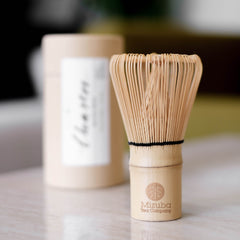

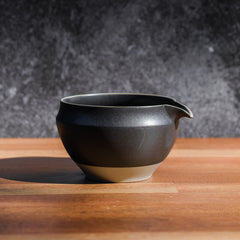
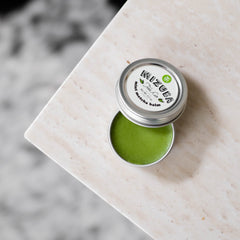
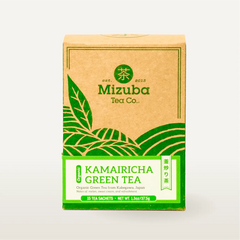
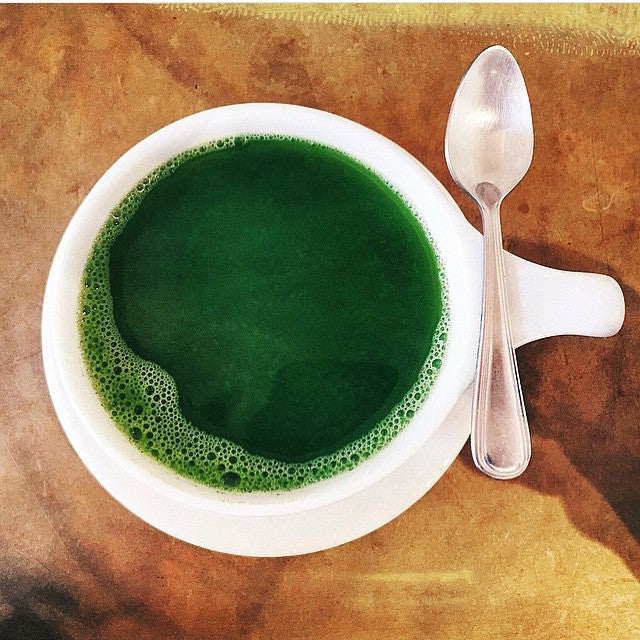


Leave a comment